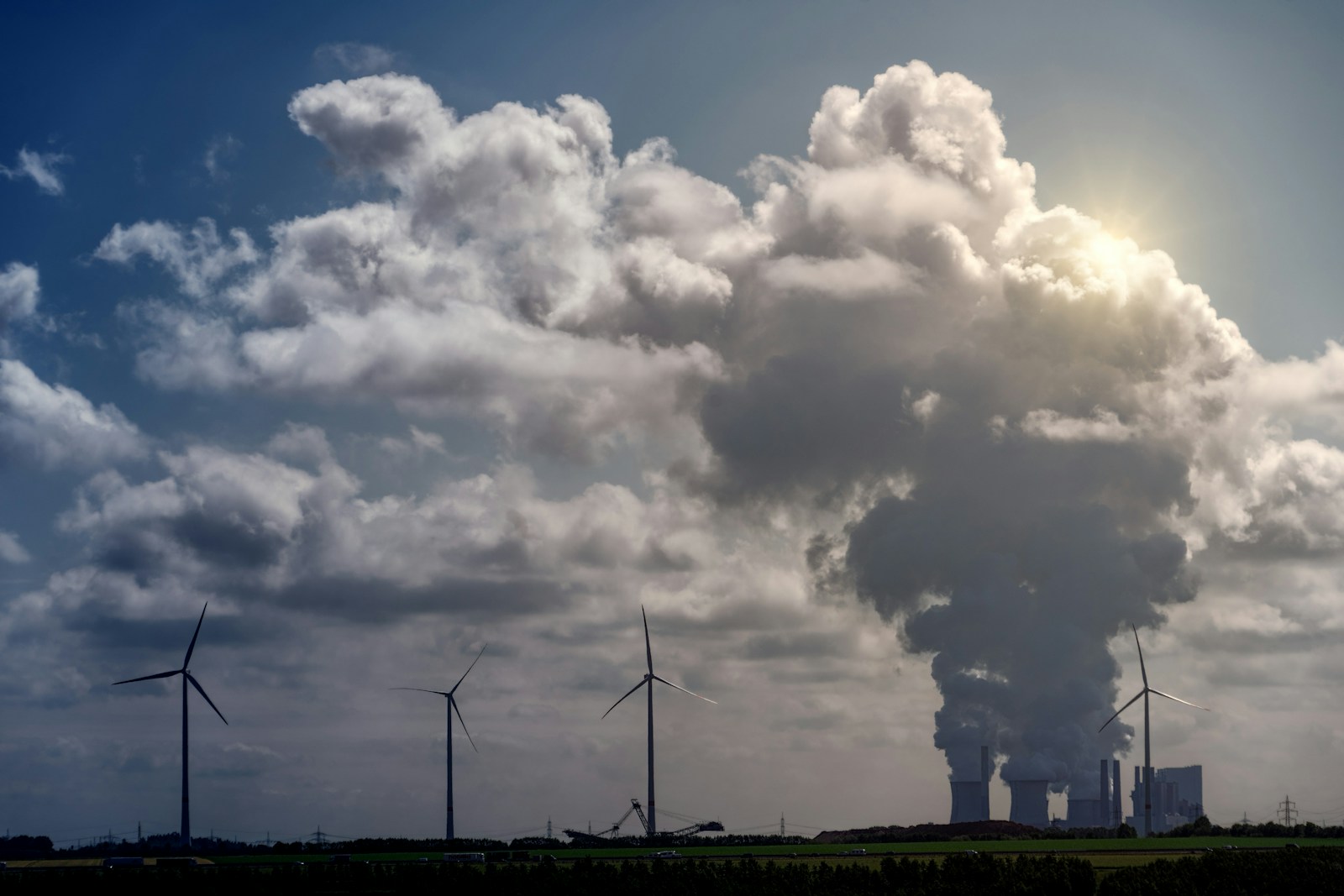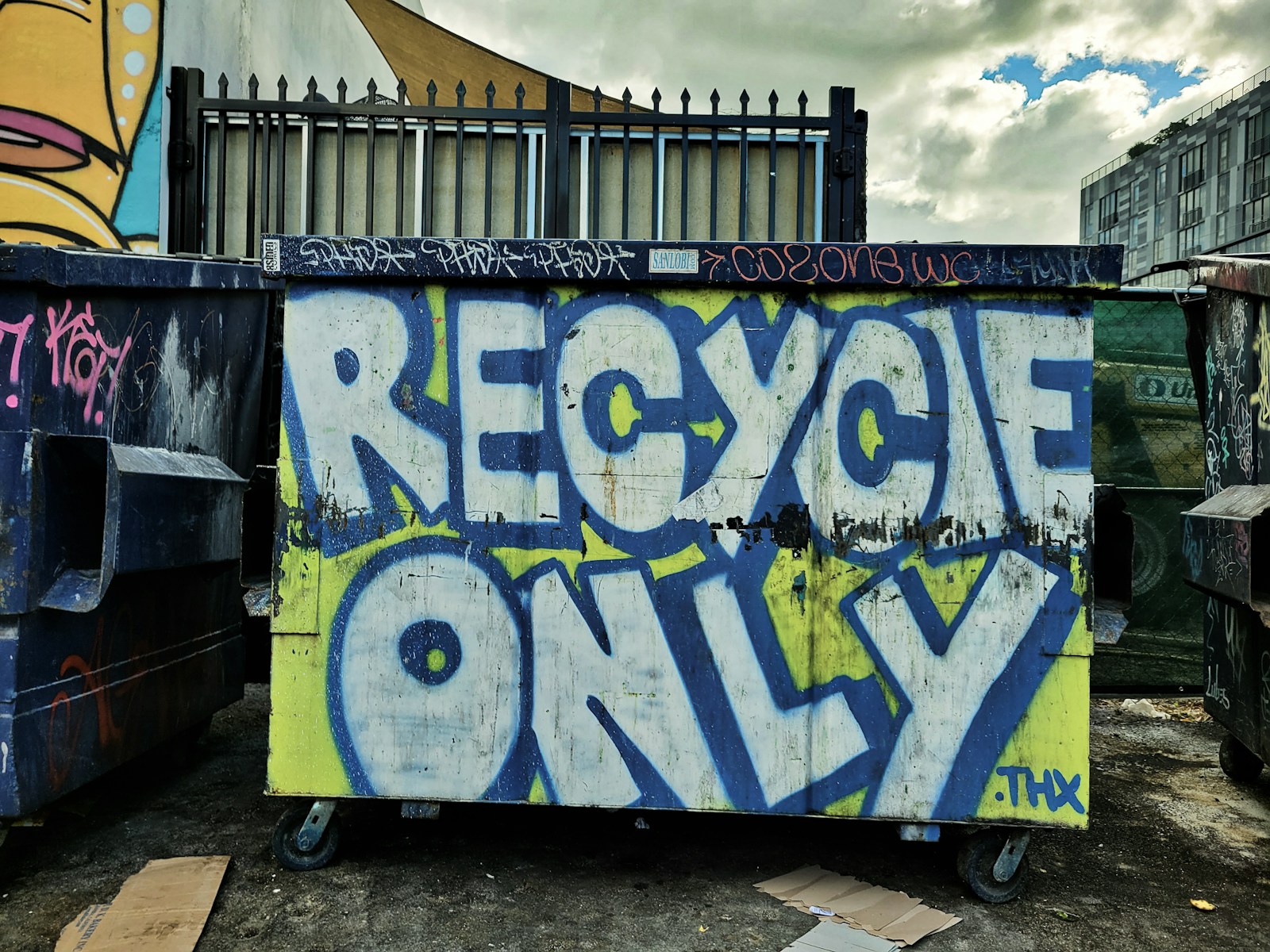Engineering a Cooler Planet: The Hope and Hype of Carbon Capture

The scale of the climate crisis demands solutions of an equal magnitude. For decades, the primary focus has been on mitigating emissions by transitioning to renewable energy. But as the carbon budget dwindles, a parallel strategy is gaining momentum: not just stopping emissions, but actively removing existing carbon dioxide from the atmosphere. This is the world of Carbon Capture, Utilization, and Storage (CCUS), a field of climate engineering that promises to undo decades of damage. It’s a compelling vision—a technological redemption for our industrial sins. But as we look closer, the line between a climate savior and a costly diversion becomes increasingly blurry.
The technologies at the heart of this vision are as ambitious as they are complex. They generally fall into two categories. First is point-source capture, which aims to trap CO2 at its source, such as the smokestack of a power plant or industrial facility. This is the most mature form of CCUS, using chemical solvents to absorb CO2 before it ever reaches the atmosphere. The second, more revolutionary approach, is Direct Air Capture (DAC). DAC facilities are essentially giant vacuums for the sky, using massive fans to pull in ambient air and chemically strip out the diffuse CO2. Companies like Switzerland’s Climeworks and Canada’s Carbon Engineering are pioneers in this space, building the first commercial-scale plants designed to reverse the flow of carbon.
Once captured, the carbon must go somewhere. The "storage" part of CCUS involves injecting the liquified CO2 deep underground into depleted oil and gas reservoirs or saline aquifers, where it is theoretically trapped for millennia. The "utilization" aspect explores turning the captured carbon into new products, from synthetic fuels and building materials to carbonated beverages. This creates a potential economic incentive, transforming a waste product into a valuable feedstock. Proponents argue that CCUS is not just an option, but a necessity. The Intergovernmental Panel on Climate Change (IPCC) itself includes carbon removal in nearly all scenarios that limit warming to 1.5°C. For heavy industries like cement and steel production, where emissions are inherent to the chemical processes, CCUS may be one of the only viable paths to decarbonization.
However, the promises of carbon capture are shadowed by immense practical and ethical challenges. The first is energy. The laws of thermodynamics are unforgiving; capturing, concentrating, and compressing a gas as diffuse as CO2 is an incredibly energy-intensive process. A DAC plant requires a massive amount of power to run, and if that power comes from fossil fuels, the entire operation risks becoming a self-defeating loop. The second major hurdle is cost. Current estimates place the price of removing a ton of CO2 via DAC at several hundred dollars, far from a commercially viable scale without heavy government subsidies. There are also legitimate concerns about the long-term security of underground storage. The risk of leaks, however small, could undermine the entire purpose of sequestration and pose localized health risks.
Perhaps the most significant criticism is the "moral hazard" argument. Critics worry that the promise of a future technological fix will grant fossil fuel companies a social license to continue polluting, delaying the urgent and necessary transition to renewable energy. If we see carbon capture as an excuse to maintain the status quo, we risk locking ourselves into another generation of fossil fuel infrastructure under the guise of "clean" technology.
Ultimately, carbon capture is not a silver bullet. It cannot replace the fundamental work of reducing our emissions at the source. But it may be a crucial tool in our climate toolbox. For hard-to-abate industries and for cleaning up the legacy carbon already choking our atmosphere, technologies like DAC could be indispensable. The engineering challenge now is to drive down the cost, reduce the energy penalty, and ensure the long-term safety of storage. The policy challenge is to deploy it wisely—as a complement to, not a replacement for, a full-scale energy transition. The hype may be premature, but the hope, grounded in pragmatic engineering, remains essential.



